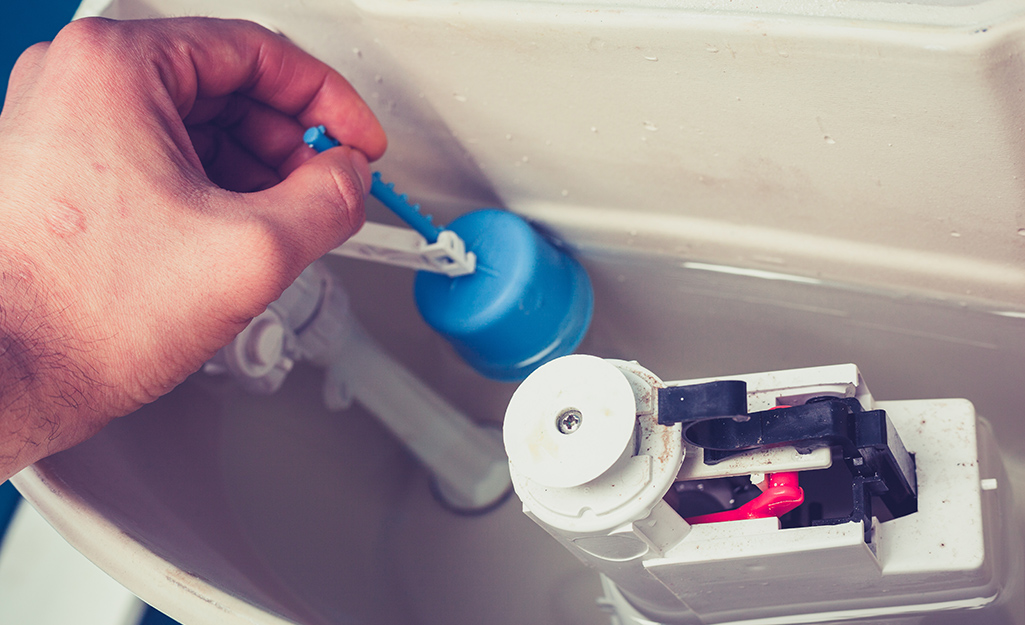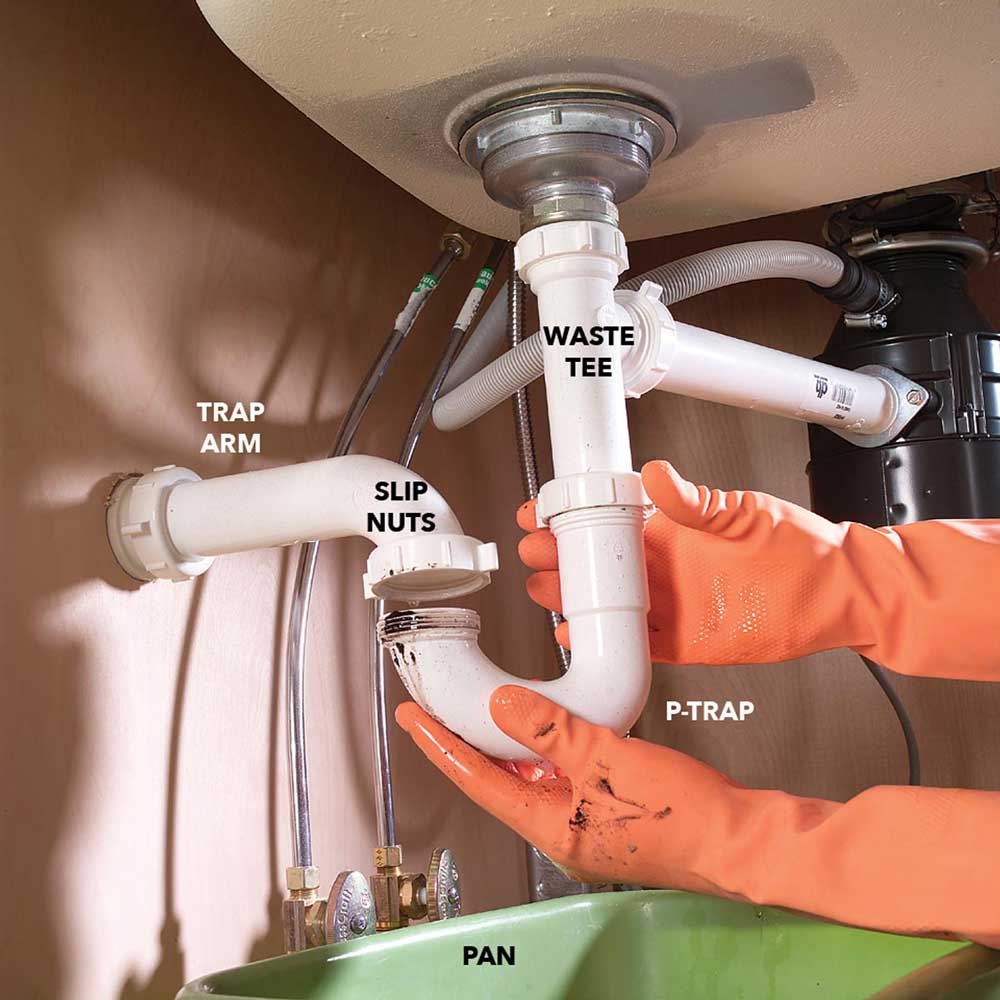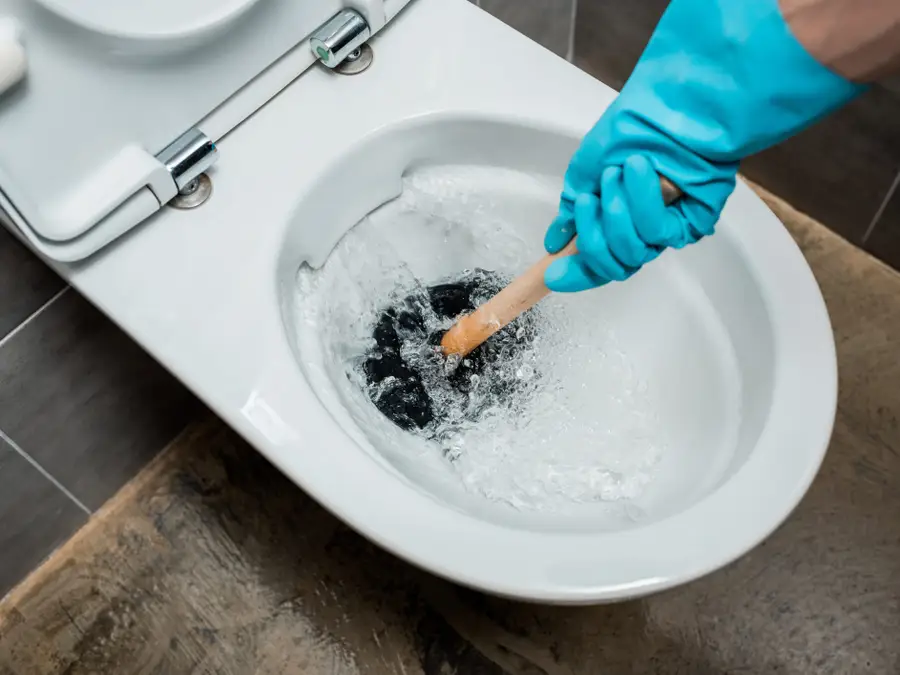Introduction

Ah, the age-old conundrum of the toilet backing up but not clogged. We’ve all been there, haven’t we? You flush the toilet, expecting the water to swirl down smoothly, but instead, it starts to rise. Panic sets in. But wait, there’s no visible clog? This perplexing situation can leave many a homeowner scratching their heads. In this guide, we’ll delve deep into the causes and solutions for this common plumbing issue. So, whether you’re a DIYer or just someone looking to gain some plumbing knowledge, this guide is for you.
Brief overview of the common issue of toilets backing up.
Toilets are a staple in every home’s plumbing system. They’re used daily, and with that frequent use comes the occasional hiccup. One such hiccup is the toilet backing up. It’s a plumbing problem that can be caused by a myriad of reasons, from a simple blockage in the drain pipe to bigger problems in the main line.
Emphasis on the perplexity when there’s no visible clog.
It’s one thing when you can see the cause of the backup, like an excess of toilet paper or a foreign object in the trap. But when the water levels rise, and there’s no apparent reason, it can be downright baffling. This is where a deeper understanding of your plumbing system and some detective work can come in handy.
Common Causes of Toilet Backing Up
When you’re faced with the dilemma of a toilet backing up but not clogged, it’s essential to understand the root causes. Let’s dive deeper into the common culprits behind this plumbing problem.
Insufficient Water in the Tank

One of the primary reasons your toilet might back up is due to insufficient water in the tank. This can hinder the flushing process, leading to potential backups.
Importance of adequate water for flushing.
Adequate water levels are crucial for a successful flush. When you flush the toilet, the water from the tank rushes into the bowl, pushing the waste down the drain pipe. If there’s not enough water, the waste might not be pushed far enough, leading to blockages.
Issues with early low-flow toilet models.
Early models of low-flow toilets were designed to conserve water. However, they sometimes lacked the necessary pressure to flush waste effectively. This can result in backups, especially if there’s a bigger problem in the home’s plumbing system.
Obstructions in the P Trap or S Pipe

The P Trap and S Pipe play pivotal roles in your toilet’s functionality. They can also be the sites of obstructions.
Role of the P Trap in preventing odors and blockages.
The P Trap is designed to hold a small amount of water, creating a seal that prevents sewer gases from entering your home. It also helps in catching foreign objects that might get flushed. However, if something like a toy or excessive toilet paper gets lodged in the trap, it can lead to backups.
Common items causing obstructions (e.g., toys, sanitary products).
Kids are notorious for flushing toys, and sometimes, even adults accidentally drop sanitary products. These items don’t disintegrate like toilet paper and can cause blockages.
Blockages in the Toilet Waste Drain Pipe
The waste drain pipe connects your toilet to the main drain line. Blockages here can be particularly troublesome.
Connection of the toilet to the main drain line.
Your toilet’s waste drain pipe plays a crucial role in transporting waste from the toilet bowl to the main sewer line. If there’s a blockage, it can cause water to back up, leading to the perplexing situation of a toilet backing up but not clogged.
Risks of DIY solutions and the need for professional intervention.
While there are DIY solutions like using a plunger or drain snake, some blockages might be too deep or severe. In such cases, it’s best to call a plumber. Using caustic cleaners or applying excessive force can lead to drain damage.
Mainline Waste Pipe Blockages
Sometimes, the issue isn’t with the toilet or its immediate plumbing but with the mainline.
Difference between household drain lines and sewer mainline.
While individual fixtures have their drain lines, all these lines connect to a main sewer line that leads waste away from your home. If there’s a blockage in this main line, it can affect multiple drains in your home.
Symptoms and implications of mainline blockages.
Symptoms of a mainline blockage include multiple drains backing up, foul odors, and gurgling sounds. This is a bigger problem and might require intervention from a master plumber or even a sewage system specialist.
Blocked Sewer Vent Trap
The sewer vent trap is another potential culprit behind backups.
Role of the vent trap in plumbing systems.
The vent trap allows air to enter the plumbing system, ensuring water flows smoothly through the drain pipes. It also prevents noxious gases from entering your home.
Symptoms and solutions for vent trap blockages.
Symptoms of a blocked vent trap include slow drains, bubbling water, and a distinct sewer smell. Solutions can range from clearing obstructions (like bird nests or debris) to replacing damaged sections.
DIY Solutions for Unclogging Toilets
Facing the issue of a toilet backing up but not clogged? Before you call a plumber, there are a few DIY solutions you can try. These methods are simple, effective, and can save you both time and money.
Using a Plunger

The trusty plunger is the first tool most people reach for when faced with a toilet backup.
Proper technique and effectiveness.
- Ensure the plunger’s rubber head is submerged in water. This creates a seal.
- Position the plunger over the drain hole and press down gently to expel air.
- Use a strong up-and-down motion to create suction.
- Repeat until the water starts to drain.
- The plunger works by creating a vacuum that dislodges the blockage. When used correctly, it can be incredibly effective for minor clogs.
Dish Soap Method
Believe it or not, the dish soap in your kitchen can be a lifesaver when dealing with a clogged toilet.
How dish soap can lubricate the drain pipe.
- Pour a generous amount of dish soap into the toilet bowl.
- Let it sit for 10-15 minutes.
- Flush the toilet.
- The dish soap acts as a lubricant, helping to slide the blockage down the drain pipe. It’s a quick fix that’s especially useful for blockages caused by waste and toilet paper.
Utilizing a Drain Snake

For more stubborn clogs, a drain snake can be a game-changer.
Safe usage and potential outcomes.
- Insert the end of the snake into the drain.
- Turn the handle clockwise, pushing the snake further down.
- Once you feel resistance, rotate the snake to break up the blockage.
- Pull the snake out and flush the toilet.
A drain snake physically breaks up the blockage, making it effective for obstructions like foreign objects or tree roots. However, use with caution to avoid drain damage.
Checking the Outdoor Drain Line Cover
Sometimes, the issue isn’t inside but outside. The outdoor drain line cover can get blocked by debris or tree branches.
- Locate the drain line cover in your yard.
- Remove the cover and inspect for blockages.
- Clear any obstructions and replace the cover.
When to Call a Professional
While DIY solutions can be effective, there are times when it’s best to call a plumber.
Recognizing signs of major blockages.
- Multiple drains in your home are slow or backed up.
- Foul odors emanating from drains.
- Gurgling sounds when flushing.
- Frequent backups, even after using DIY methods.
These signs indicate a bigger problem, possibly in the main sewer line or with the overall plumbing system.
Avoiding scams and ensuring quality service.
- Always get multiple quotes.
- Check reviews and ask for recommendations.
- Ensure the plumber is licensed and insured.
- Avoid offers that seem too good to be true.
Remember, while DIY solutions can be handy, there’s no substitute for professional expertise, especially when dealing with complex plumbing issues.
Conclusion
Dealing with a toilet backing up but not clogged can be a perplexing and often frustrating experience. However, with the right knowledge and tools at your disposal, you can address the issue head-on and prevent future occurrences.
Recap of the importance of addressing toilet backups promptly.
A toilet backup, if left unattended, can lead to bigger problems in your home’s plumbing system. Water damage, foul odors, and even health risks from sewer gases are just a few of the potential consequences. It’s essential to address any toilet issues promptly to prevent these complications.
Regular maintenance and timely interventions.
Regular maintenance is the key to a smoothly functioning toilet. By keeping an eye on water levels, ensuring there’s no sediment buildup in the tank, and being mindful of what goes down the drain, you can prevent many common toilet problems. And remember, if you’re ever in doubt or face a bigger problem, don’t hesitate to call a plumber. It’s always better to seek professional advice than to risk further damage.

